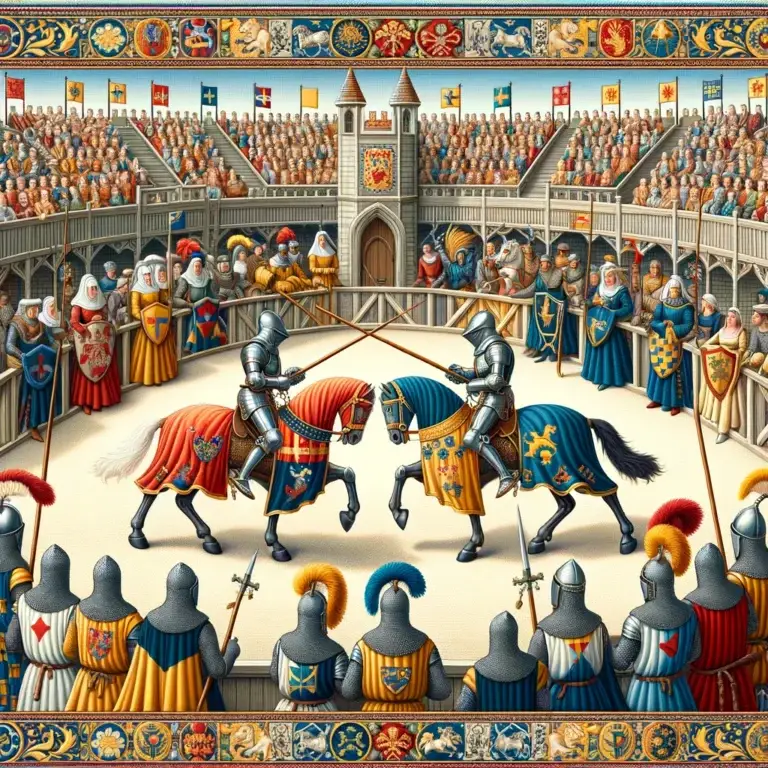Middle Ages

Table of Contents
Middle Ages in Europe
The Middle Ages, also known as the medieval period, spanned roughly from the 5th to the late 15th century in Europe, marking the transition from the classical world of antiquity to the early modern era. It is characterized by feudalism, the dominance of the Catholic Church, and decentralized political authority.
The period witnessed significant developments in art, architecture, philosophy, and technology, including Gothic architecture, the rise of universities, and the spread of Christianity.
Overview of the Middle Ages
This medieval period spanned between the fall of the Western Roman Empire and the beginning of the Renaissance in Europe.
The Middle Ages are commonly divided into three main periods: the Early Middle Ages (5th to 10th century), the High Middle Ages (11th to 13th century), and the Late Middle Ages (14th to 15th century).
The Middle Ages were characterized by feudalism, a social system in which land ownership and political power were decentralized, with lords granting land (fiefs) to vassals in exchange for military service and loyalty.
Christianity played a central role in medieval society, with the Catholic Church as the dominant religious, political, and cultural institution. Monasteries were centers of learning, education, and preservation of knowledge.
The medieval period saw significant cultural and intellectual achievements, including the development of Gothic architecture, the founding of universities, and the production of illuminated manuscripts.
The Crusades, a series of religious wars between Christian and Muslim forces, were a defining feature of the High Middle Ages, resulting in military, economic, and cultural exchanges between Europe and the Middle East.
The Black Death, a devastating pandemic caused by the bubonic plague, swept across Europe in the 14th century, killing millions of people and leading to profound social, economic, and demographic changes.
Feudalism began to decline in the Late Middle Ages as centralized monarchies emerged, trade and commerce expanded, and the power of the nobility waned.
The invention of the printing press by Johannes Gutenberg in the 15th century revolutionized communication. It facilitated the spread of knowledge, contributing to the end of the Middle Ages and the beginning of the Renaissance.
The Middle Ages are often characterized as a period of stagnation and backwardness. Still, they were also a time of innovation, cultural diversity, and social change, laying the foundations for the modern world.
Related Links
Ancient Rome
Crusades
Mongol Empire
Protestant Reformation